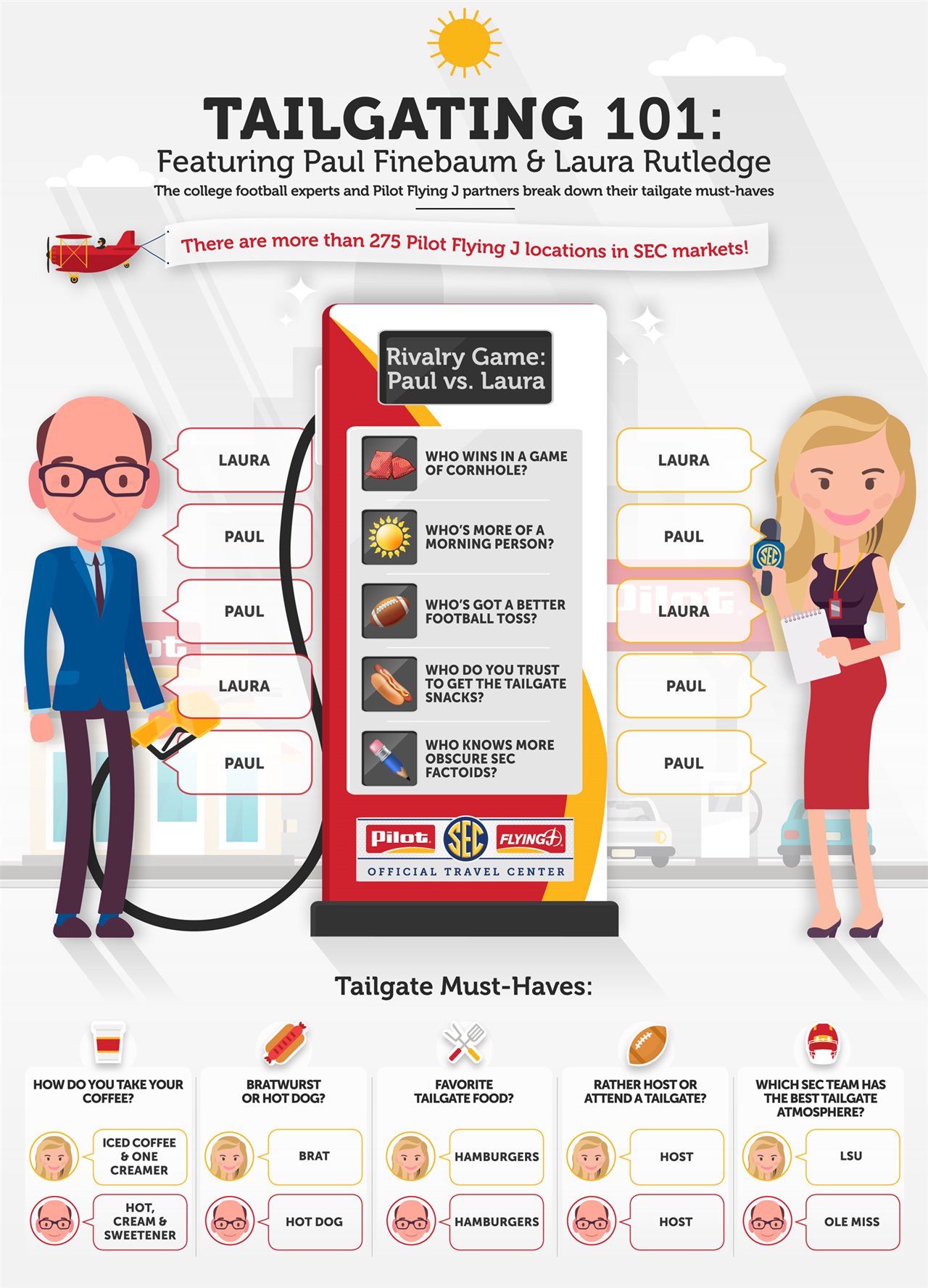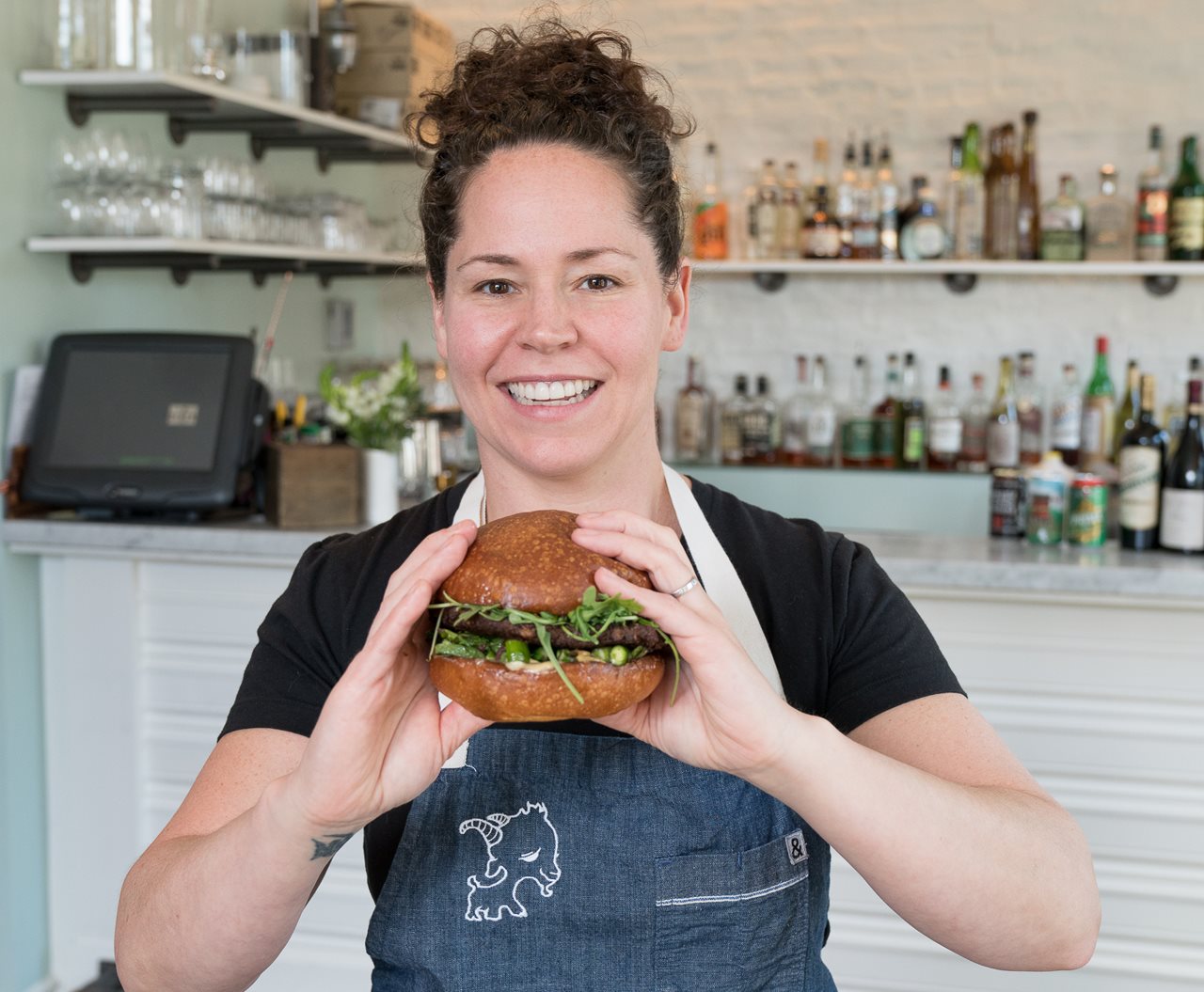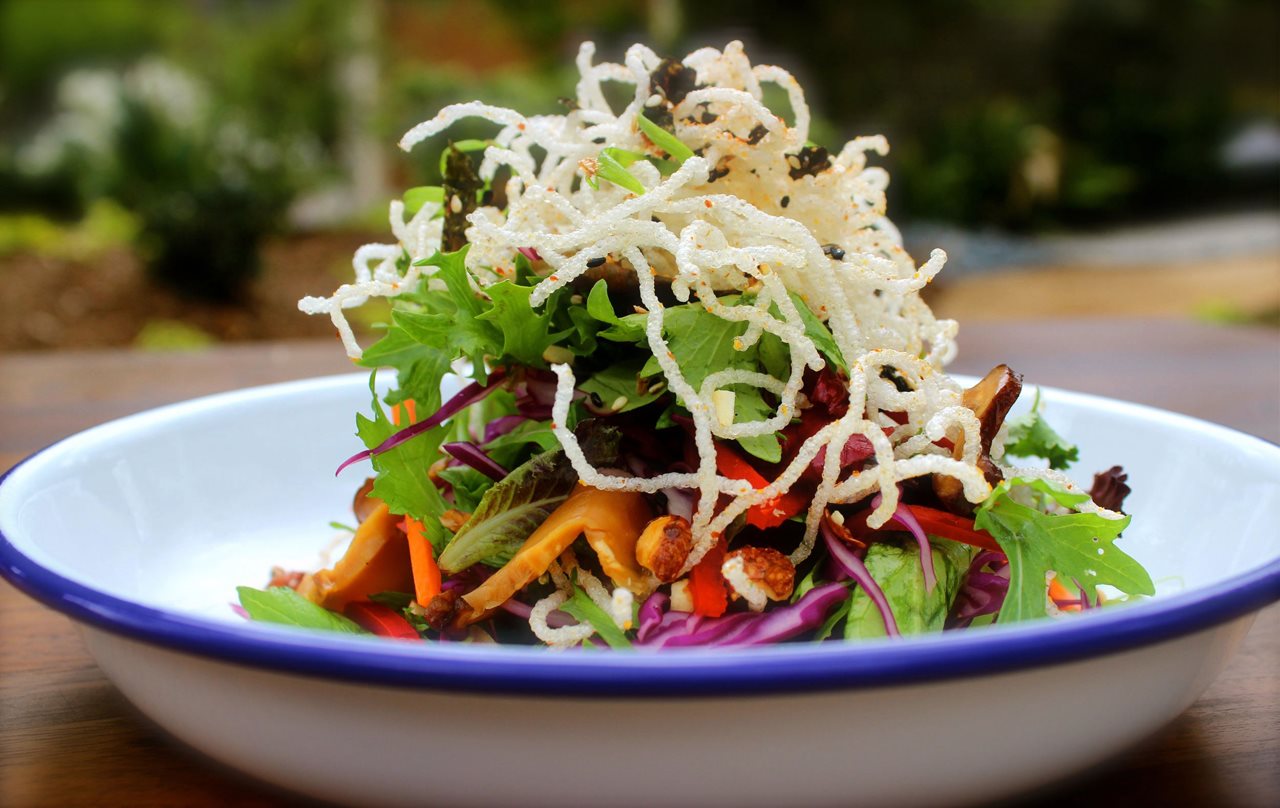2018-11-30T07:01:00
(BPT) – The holidays are upon us, which means it’s gift-giving season. This year, over 53 million Americans are giving the most timeless gift there is: a diamond. A recent survey by KRC Research for the Diamond Producers Association found that over one in five Americans over the age of 18 plans to purchase a diamond between Thanksgiving and Valentine’s Day, with men and millennials making up the majority of purchasers. Of these diamond buyers, more than 20 million are planning a marriage proposal. After all, what better represents a lifelong commitment of love and devotion than a one-of-a-kind, billion-year-old gem?
This year, consumers are at risk of accidentally purchasing a synthetic diamond — a much lower value product — in place of a natural diamond. The survey found that nearly half of those planning to purchase a diamond are completely unaware of the many differences between real and synthetic diamonds. This leaves buyers vulnerable to costly purchasing mistakes. While synthetic diamonds can look similar to diamonds created naturally in the earth, there are important differences between them that buyers should know.
Natural diamonds are unique. Like snowflakes, no two natural diamonds are identical. Created over billions of years under enormous pressure 100 miles below the earth’s surface, each one has a unique “fingerprint” in its growth structure that tells its own creation story. Synthetic diamonds are created artificially in uniform conditions, making them nearly identical. So, while many assume that no one can tell a synthetic diamond from a natural diamond, the reality is they are easily discernible by expert gemologists.
Natural diamonds are more valuable. In addition to the unmatched emotional value of diamonds, their rarity makes them financially valuable. There is a limited supply of retrievable diamonds in the earth, and that supply is only getting smaller. Together, every gem-quality diamond ever polished wouldn’t even fill one double-decker bus. Conversely, synthetic diamonds have no long-term value, because they can be produced in unlimited quantities. This year alone, synthetic diamonds have decreased from 40 percent to about 15 percent of the value of a natural diamond.
Synthetic and natural diamonds have different markets. The natural origin and rarity of diamonds imbues them with emotional and symbolic value, making them a natural fit for the luxury and engagement markets. This cannot be replicated in a lab. Synthetic diamonds may be pretty stones, but their lesser value makes them suitable only for the fashion jewelry market.
Today’s diamond industry makes a positive social impact. Consumers can be confident that their diamond purchases make a difference. The past 20 years have seen a profound transformation of the diamond industry. Conflict diamonds have been nearly eradicated, with over 99.8 percent of natural diamonds on today’s market certified conflict-free through the Kimberley Process. In addition, the industry supports over 10 million people worldwide, contributing $8.4 billion per year to African economies alone. Its revenue enables local governments to invest in healthcare, education and infrastructure, completely changing whole countries such as Botswana. The synthetic diamond industry hasn’t made even a fraction of this impact.
Today’s diamond industry is environmentally conscious. Today’s diamond industry follows strict environmental standards to protect land and wildlife, and is transparent about its practices, with each miner releasing public annual impact reports. Additionally, major miners consistently invest in programs to preserve natural resources, minimize carbon footprint, conserve land and protect biodiversity and wildlife. The largely unregulated synthetic diamond industry does not have a similar record. Many synthetic diamond producers make unverifiable claims about their environmental impact and theoretical carbon emissions, without third-party verification. In Singapore, where a significant volume of lab-created diamonds are produced using the Chemical Vapor Deposition (CVD) method, the carbon emission per polished carat is approximately 40 percent higher than for natural polished diamonds.
Understanding the key differences between natural and synthetic diamonds is vital to making a smart purchasing decision. This holiday season, nothing can replace the value and authenticity of a natural diamond.













